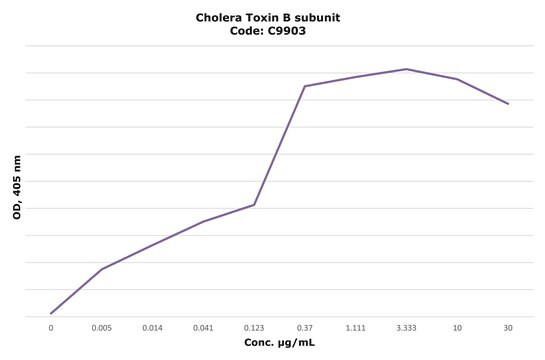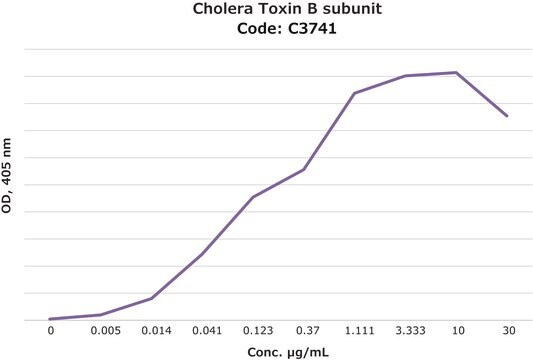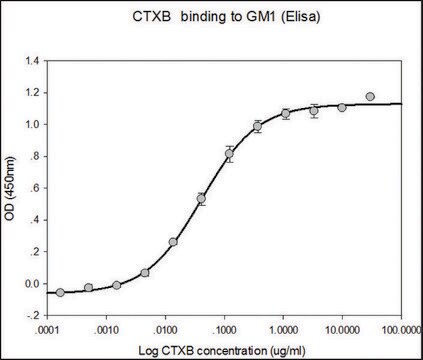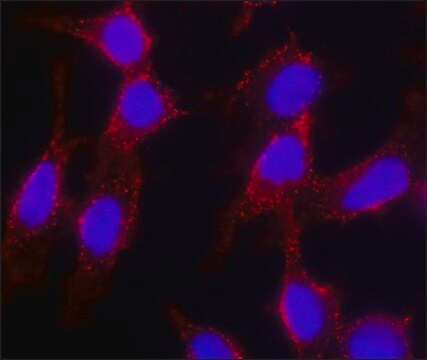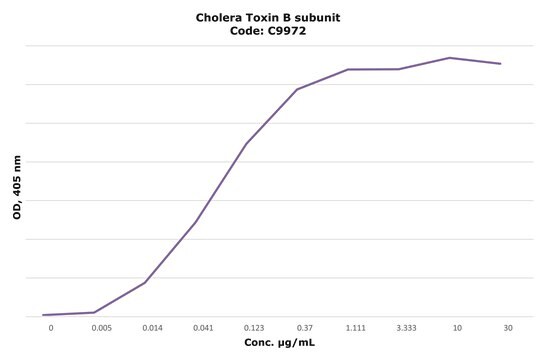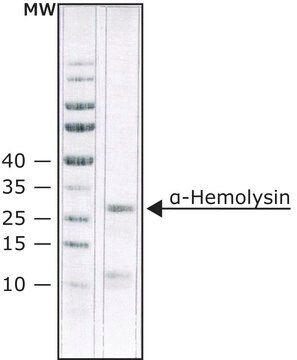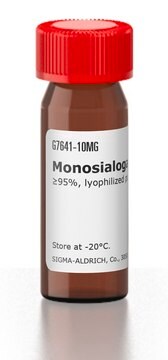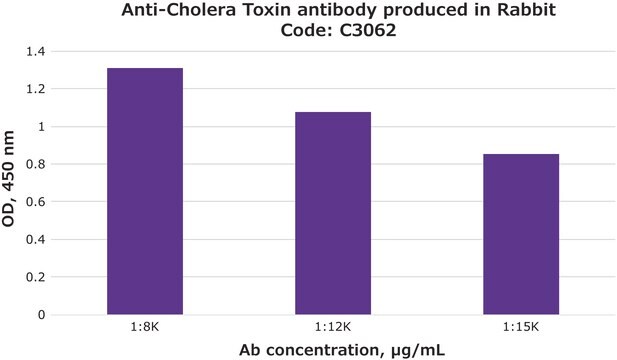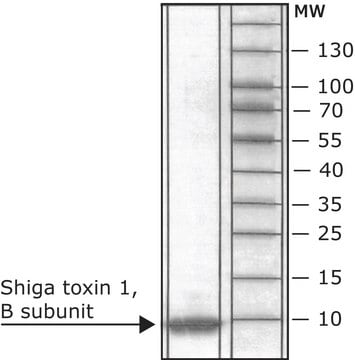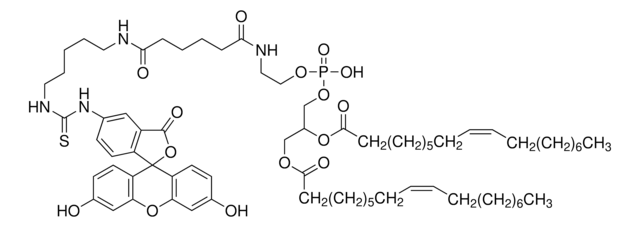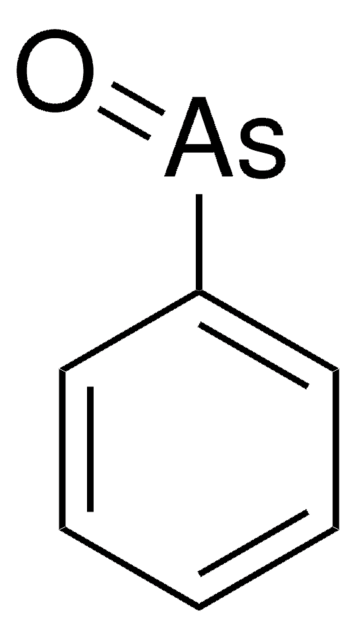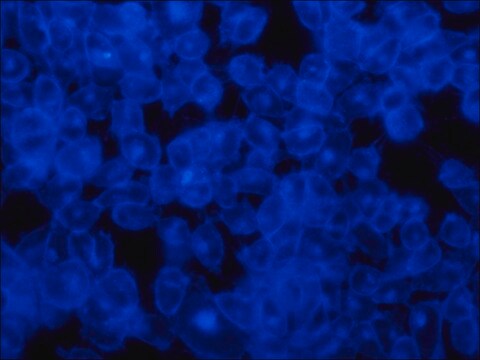C1655
Cholera Toxin B subunit
FITC conjugate, lyophilized powder
Sinónimos:
CTB
About This Item
Productos recomendados
conjugado
FITC conjugate
Nivel de calidad
Formulario
lyophilized powder
mol peso
~12 kDa
composición
Protein, ~20% Lowry
Extensión del etiquetado
~1.0 mol FITC per mol protein
temp. de almacenamiento
2-8°C
cadena SMILES
CCOc1ccccc1C(=O)Nc2ccc(Cl)c(c2)C(F)(F)F
InChI
1S/C16H13ClF3NO2/c1-2-23-14-6-4-3-5-11(14)15(22)21-10-7-8-13(17)12(9-10)16(18,19)20/h3-9H,2H2,1H3,(H,21,22)
Clave InChI
YDXZSNHARVUYNM-UHFFFAOYSA-N
¿Está buscando productos similares? Visita Guía de comparación de productos
Aplicación
- to label distal cerebrospinal fluid-contacting neurons (dCSF-CNs) in lateral ventricles of rat
- to stain epididymal sperms of mice
- to stain peritoneal macrophages of mice
Acciones bioquímicas o fisiológicas
Características y beneficios
Forma física
Nota de análisis
Palabra de señalización
Warning
Frases de peligro
Consejos de prudencia
Clasificaciones de peligro
Acute Tox. 4 Inhalation - Aquatic Chronic 3
Código de clase de almacenamiento
11 - Combustible Solids
Clase de riesgo para el agua (WGK)
WGK 2
Punto de inflamabilidad (°F)
Not applicable
Punto de inflamabilidad (°C)
Not applicable
Elija entre una de las versiones más recientes:
¿Ya tiene este producto?
Encuentre la documentación para los productos que ha comprado recientemente en la Biblioteca de documentos.
Los clientes también vieron
Nuestro equipo de científicos tiene experiencia en todas las áreas de investigación: Ciencias de la vida, Ciencia de los materiales, Síntesis química, Cromatografía, Analítica y muchas otras.
Póngase en contacto con el Servicio técnico